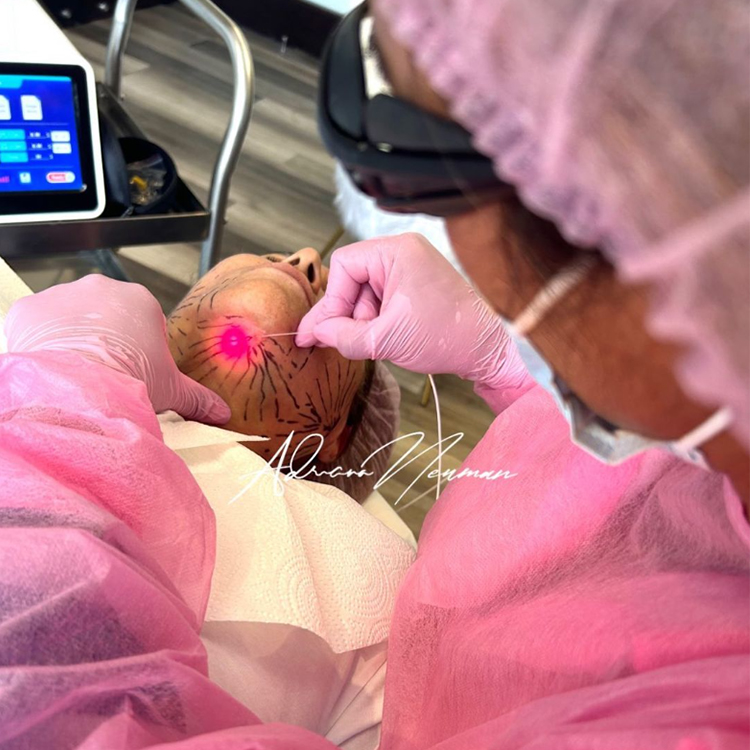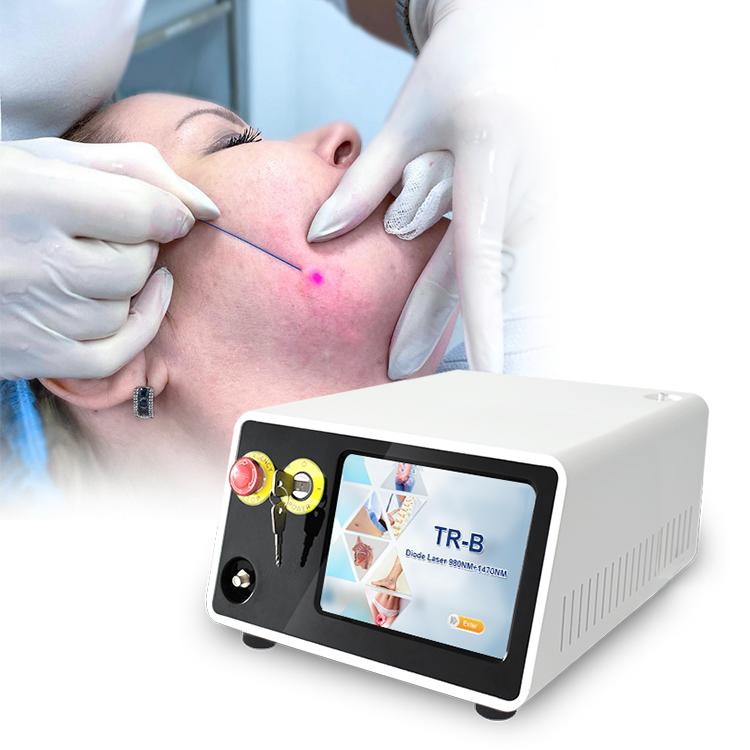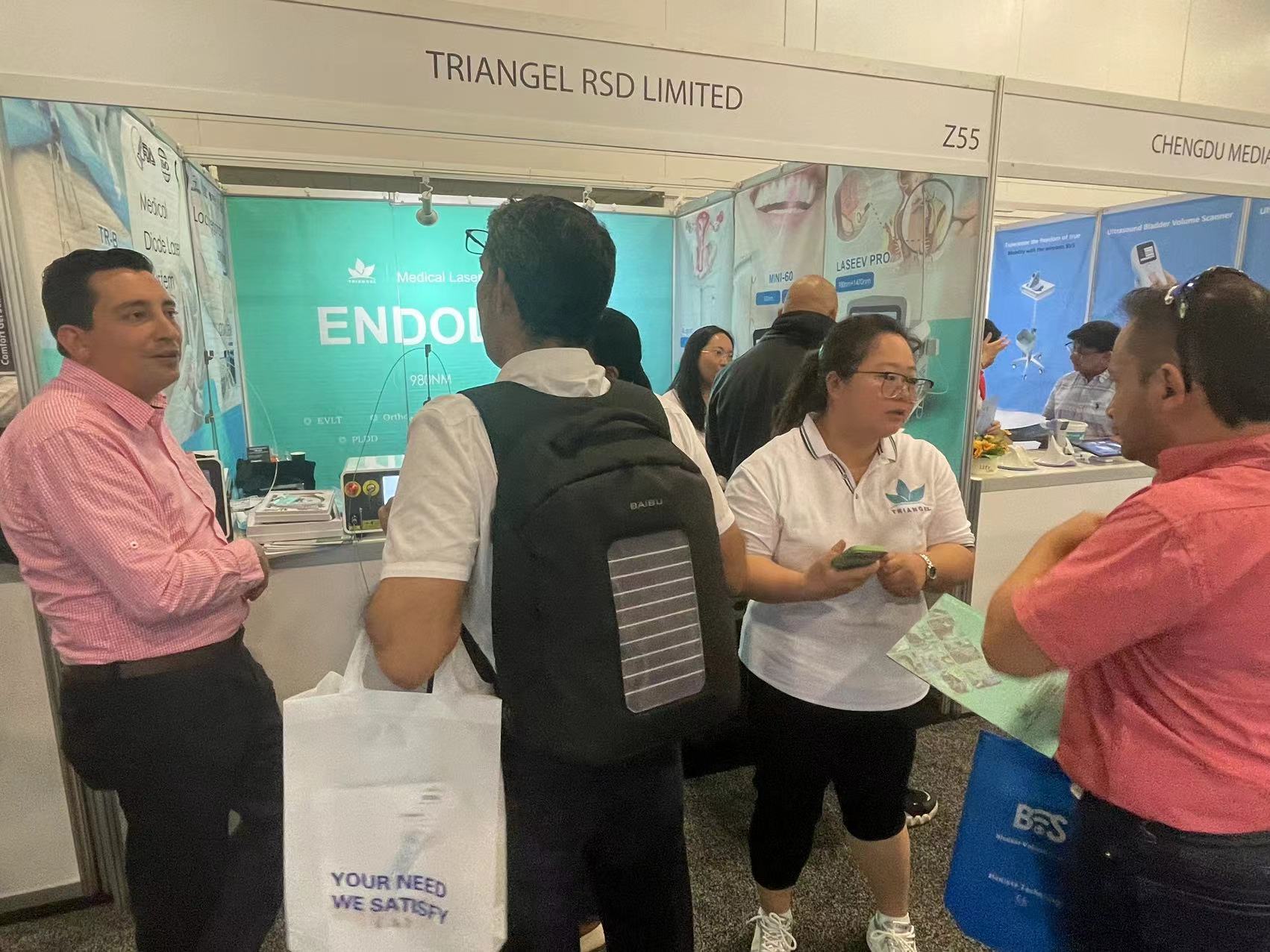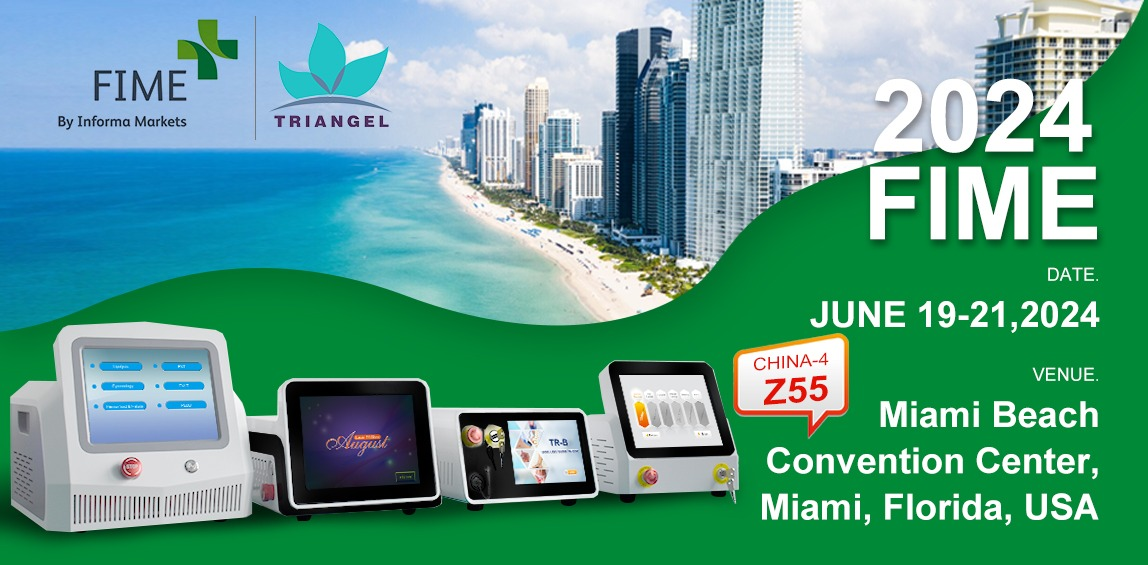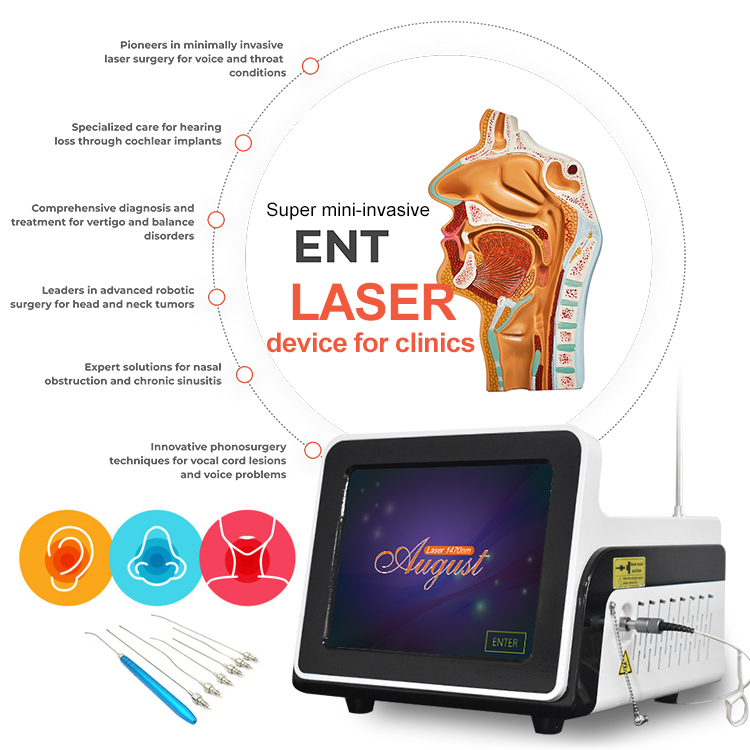Minimally Invasive Treatment for Contained Lumbar Disc Herniation.
Percutaneous Laser Disc Decompression (PLDD): An Advanced Minimally Invasive Solution for Contained Lumbar Disc Herniation
Traditionally, managing severe sciatica necessitated open lumbar disc surgery, a procedure fraught with risks and demanding a prolonged recovery period, often spanning 8 to 12 weeks. However, medical advancements have introduced percutaneous laser disc decompression (PLDD), a minimally invasive approach specifically designed for treating contained lumbar disc herniations. Unlike conventional surgery, PLDD's percutaneous nature—meaning it's executed through the skin—significantly expedites recovery, enabling many patients to resume work within days post-procedure.
The Mechanism of Percutaneous Laser Disc Decompression (PLDD)
Since its inception in the 1980s, PLDD has amassed an impressive clinical track record. Its efficacy lies in targeting the nucleus pulposus, the gel-like center of the vertebral disc, where excess fluid accumulates and exerts pressure on the sciatic nerve, leading to debilitating pain. By vaporizing this fluid with laser energy, the compression on the sciatic nerve diminishes, thereby alleviating symptoms.
Under the guidance of fluoroscopy, a needle is precisely inserted into the affected intervertebral disc under local anesthesia. Through this needle, a laser fiber is advanced to the site of the herniation, initiating the fluid removal process. Following the procedure, patients are discharged to recover at home, typically regaining mobility within a matter of days.
Advantages of PLDD
PLDD is distinguished by its safety profile, outpatient setting, absence of scarring, and preservation of spinal stability. Importantly, it does not preclude future treatments, making it a viable option even after unsuccessful surgeries. Beyond sciatica, PLDD extends its benefits to conditions such as herniated discs, radiculopathy, and spinal stenosis, effectively addressing these issues across most vertebral levels, excluding T1-T4.
In cases of spinal stenosis, characterized by the narrowing of spinal spaces and subsequent nerve compression, PLDD offers a less invasive alternative to traditional surgery. Clinical studies affirm its safety and effectiveness in treating spinal stenosis, providing a compelling solution for patients suffering from lower back pain associated with bulging discs.
Exploring Your Options with PLDD
For those grappling with lower back pain and desiring to circumvent the lengthy recuperation associated with conventional surgery, PLDD emerges as a potentially ideal treatment modality. If you're considering this innovative procedure, contact Ortho Sport & Spine Physicians to schedule a consultation. Our team of experts will evaluate your condition and guide you through the PLDD process, helping you make an informed decision regarding your care.



 +8618931273229
+8618931273229 director@tazlaser.com
director@tazlaser.com 0086-18931273229
0086-18931273229




